All American Muscle Car Lovers Should Respect the Ford Mustang
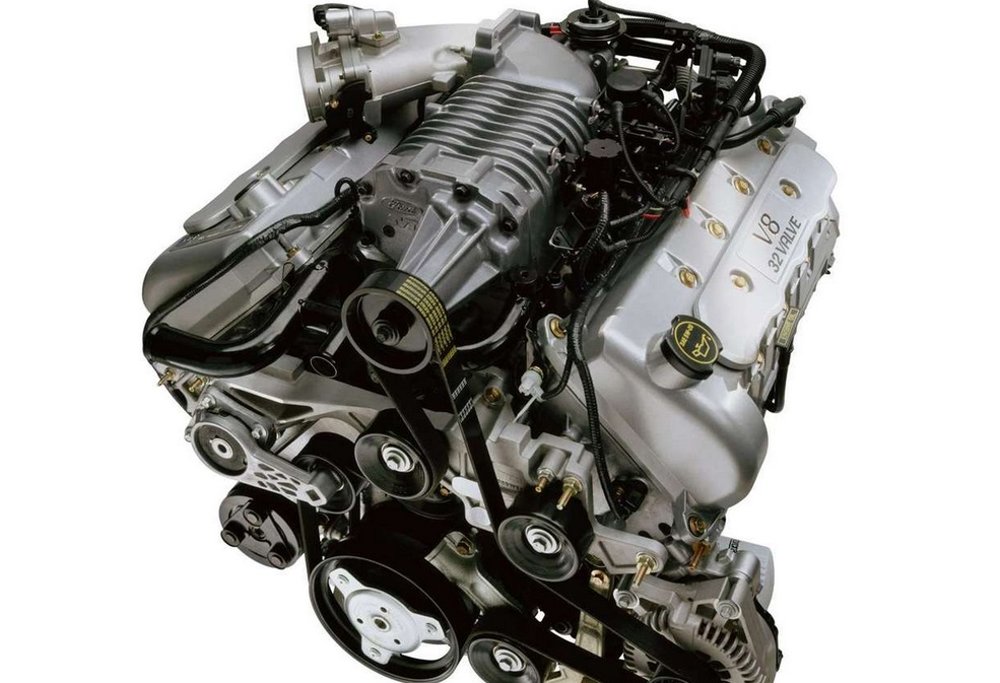
Bring in the Blowers
When the 2003 Ford Mustang SVT Cobra was introduced with 390 horsepower and 390 lb-ft of torque, it was the most powerful car in the class and the first American production car of the modern era to feature a blown V8. At this point 16 years later, supercharged muscle cars are the leaders in the performance world, and that all started with the Terminators back in 2003 and 2004.

Ford took the next big step towards the modern era of American performance in 2007 when the Shelby GT500 was introduced with 500 horsepower and 480 lb-ft of torque, making it the first muscle car to eclipse the 500 mark. The GT500 would climb to 540 horsepower in 2010 and 550 horsepower in 2011, before Chevrolet would introduce their first supercharged road car with the debut of the 2012 Corvette ZR1. However, there wouldn’t be another supercharged muscle car until 2012, when Chevy rolled out the Camaro ZL1 with the 580-horsepower LSA V8.
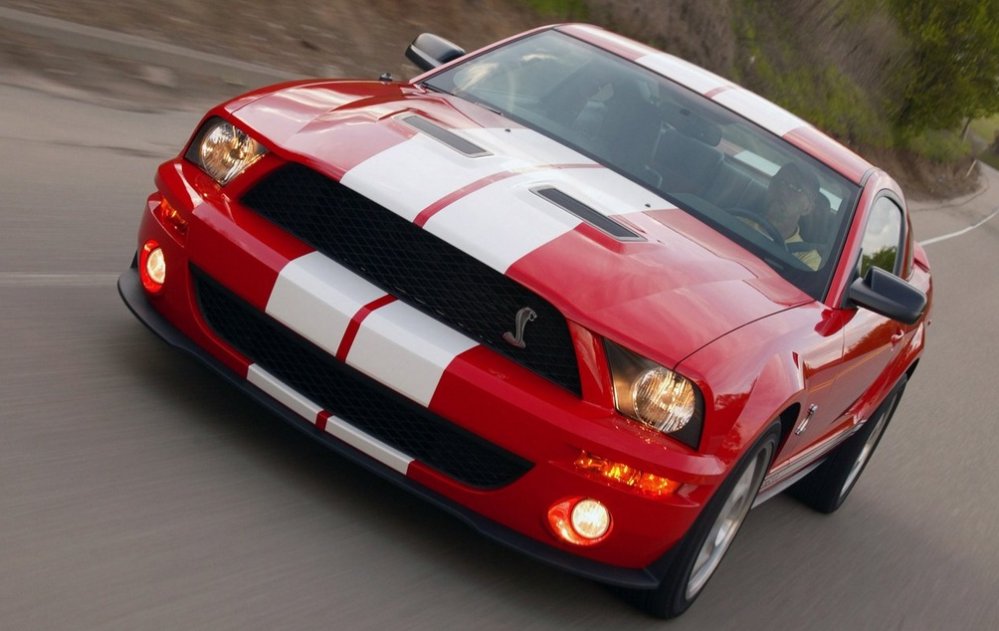
That Camaro was the King of the Hill for just a short time, as in 2013, Ford rolled out another Shelby GT500 with a supercharged 5.8-liter V8 that delivered a whopping 662 horsepower and a 200-mile per hour top speed. That mill made the Mustang. That engine made the Mustang the first American production car to offer over 600 horsepower and the most powerful American production car until the Hellcat Challenger was introduced in 2015, but to this day, no Camaro rivals the output of the 2013-2014 GT500.
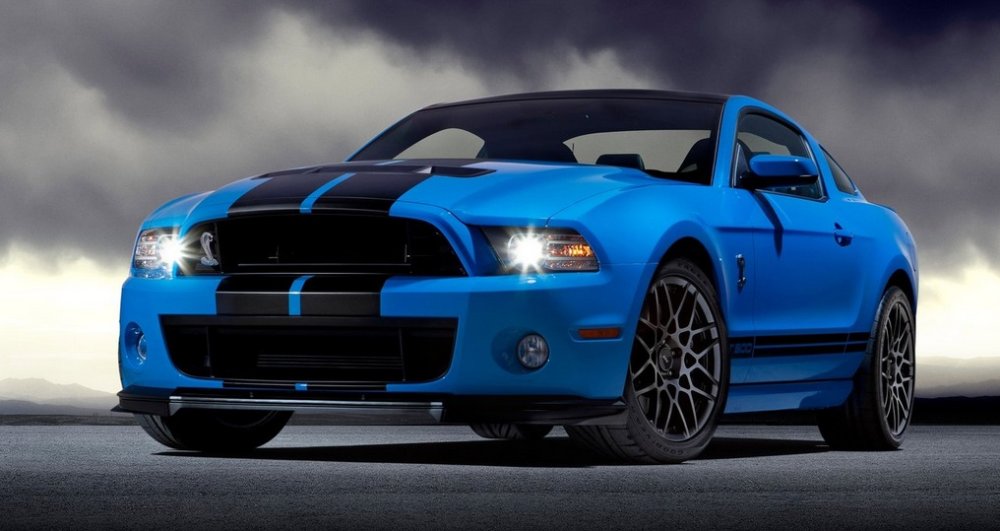
The Terminator Cobra and the 2013-2014 Shelby GT500 showed that there was a clear demand for a supercharged muscle car with big power, leading to the Camaro ZL1 and the Challenger SRT Hellcat.
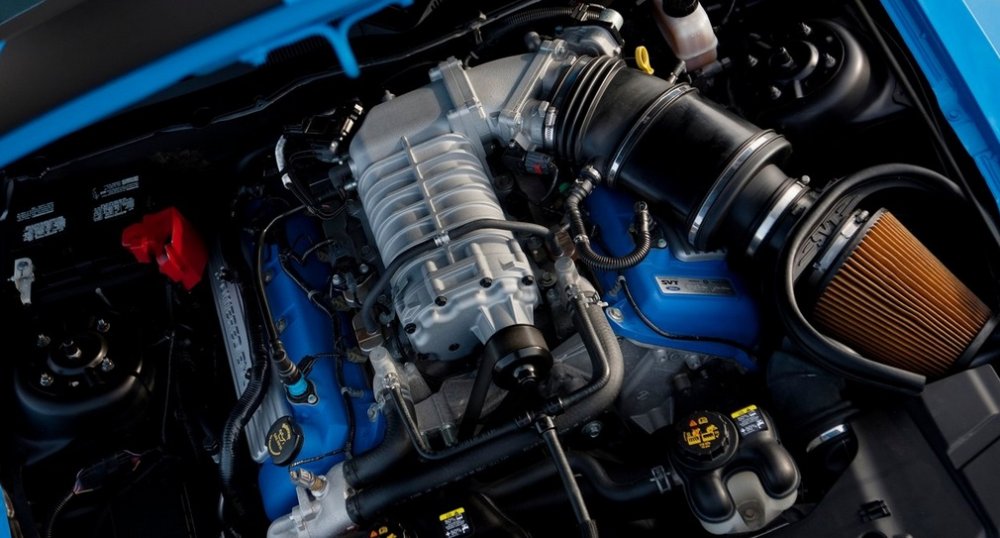
Global Era
After being a sale leader and innovator in the American market for decades, Ford launched the S550 Mustang in 2015 as a global performance car. This marked the first time that an American muscle car had been marketed globally and, more importantly, it was the first time that an American muscle car was being built at the factory with a right-hand-drive layout.
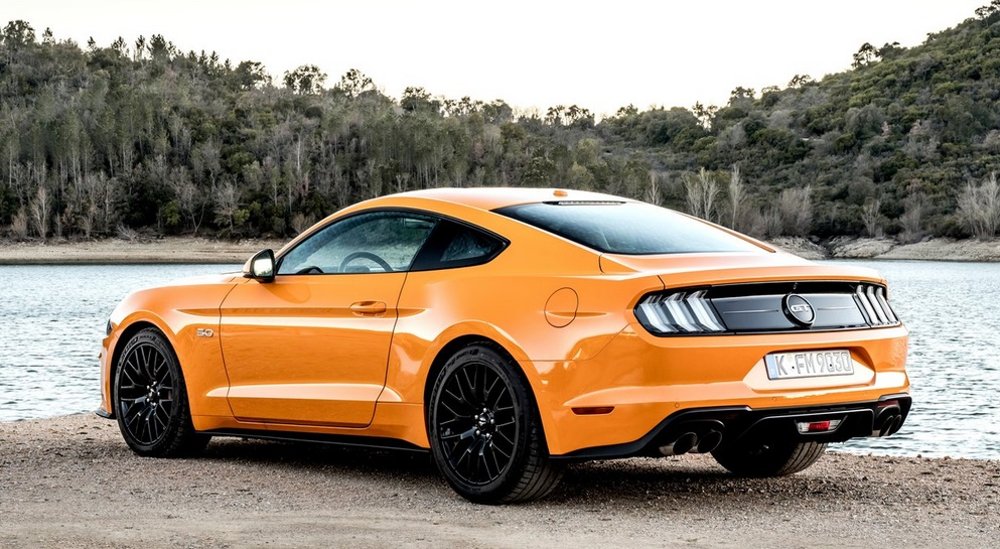
The S550 Mustang was also the first modern muscle car to feature a turbocharged engine, packing 2.3-liter EcoBoost four-cylinder, along with being the first muscle car to come with a 10-speed automatic transmission on volume models. The S550 Shelby GT350 was the first muscle car to feature a flat-plane V8 while being the first American muscle car to come with carbon fiber wheels and floating-pin-style brake rotors.
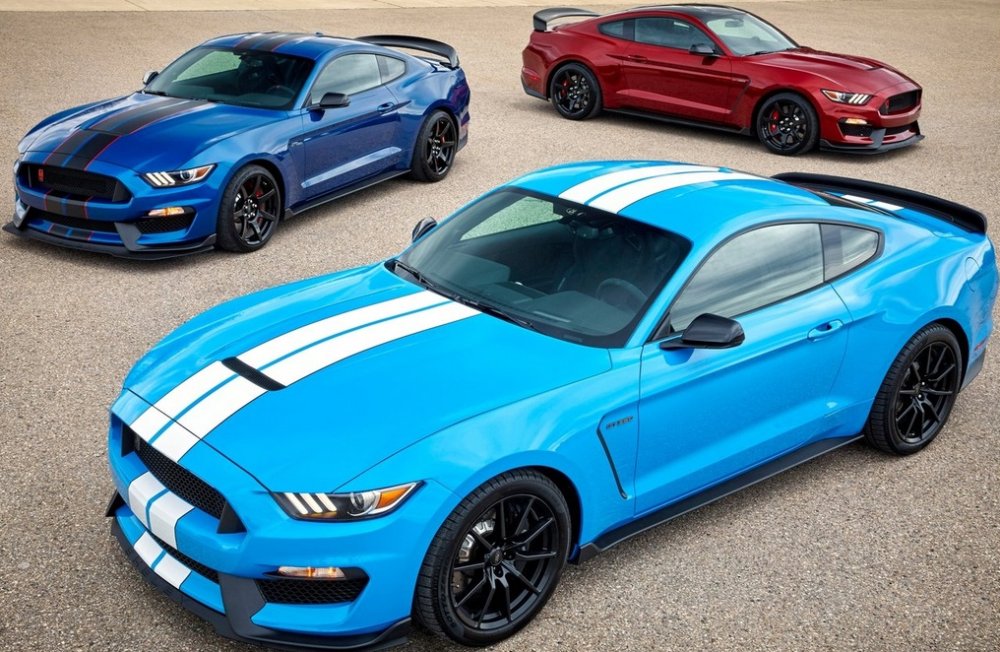
These globally-friendly changes for the latest generation has helped the Mustang grow to become the best-selling sports car in the world, and that is title that no other American performance car has ever been able to claim. Of course, the Mustang has been the best-selling car in the segment in the U.S. market for the past few years and over the 55-year history, Ford’s original pony car-turned-muscle car has routinely been one of the bestselling performance cars sold in North America.
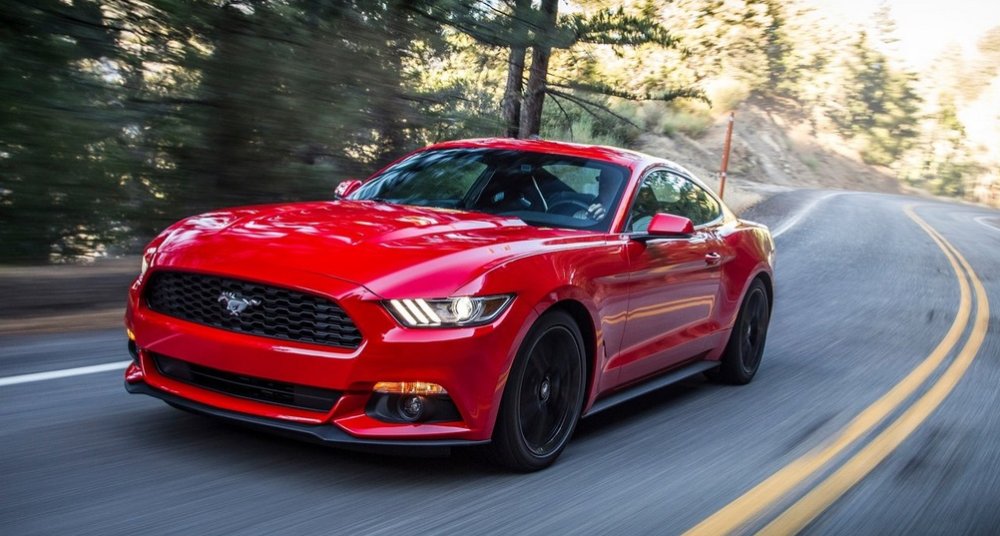
Going forward, it seems likely that the Mustang will be the first American performance car to feature hybrid assist. While some traditional gearheads will scowl at the idea of a hybrid sports car, there is no question that the automotive industry appears to be headed towards a future with plenty of electrification and in rolling out a hybrid Mustang, the Motor Company continues to change with the industry while staying ahead of the competition. Then again, with the 700+ horsepower 2020 GT500 on the way, it is hard to get upset about a hybrid program, as the company clearly isn’t abandoning the car’s high performance roots.
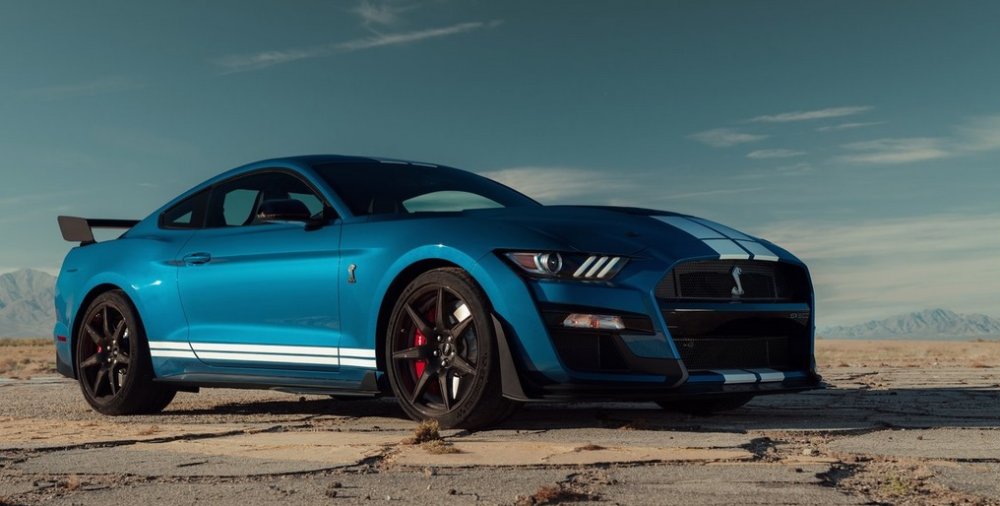
While you might drive a Dodge Challenger, a Chevrolet Camaro, a Pontiac Firebird or an AMC Javelin, all of these cars were inspired by the early success of the Mustang. Ford took a risk in introducing a small, affordable sports car in 1964 and it paid off big, forcing other automakers to create similar cars of their own. After encouraging the debut of the rest of the pony car and muscle car competitors, the Mustang has driven all of the American performance cars to continuously improve in every way while keeping prices under relatively low.
The Ford Mustang invented the affordable American sports car and in the 55 years since the first Mustang met the world, the classic American performance car has never stopped pushing the limits of muscle car performance. Also, unlike every other American performance car, the Mustang has been available every single year since being introduced, so no matter what, someone who wanted a fast American car over the course of the past 55 years could turn to Ford. For those reasons, everyone who loves American pony cars, muscle cars and American performance cars as a whole should respect, appreciate and celebrate the Mustang and everything that it has done for the American performance world.
Photos: Ford Motor Co.
